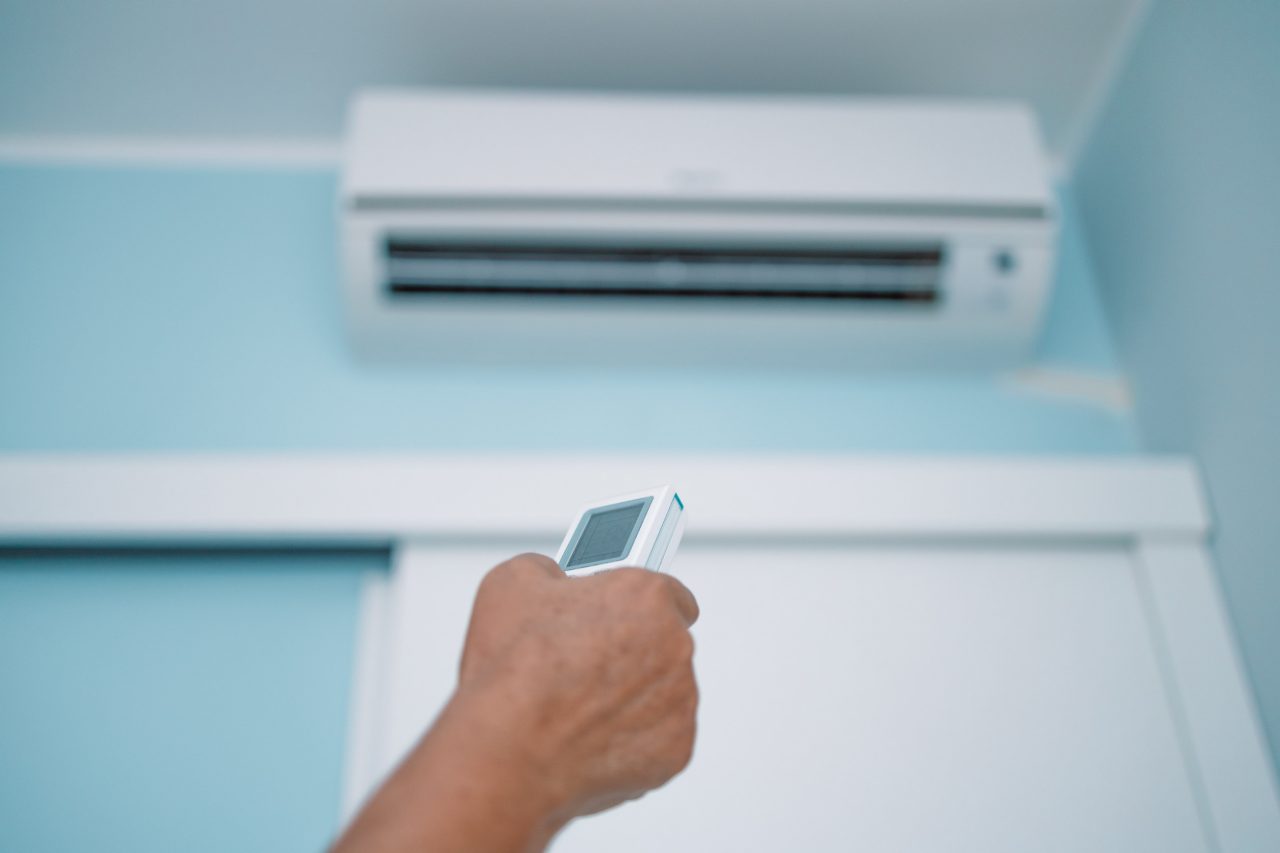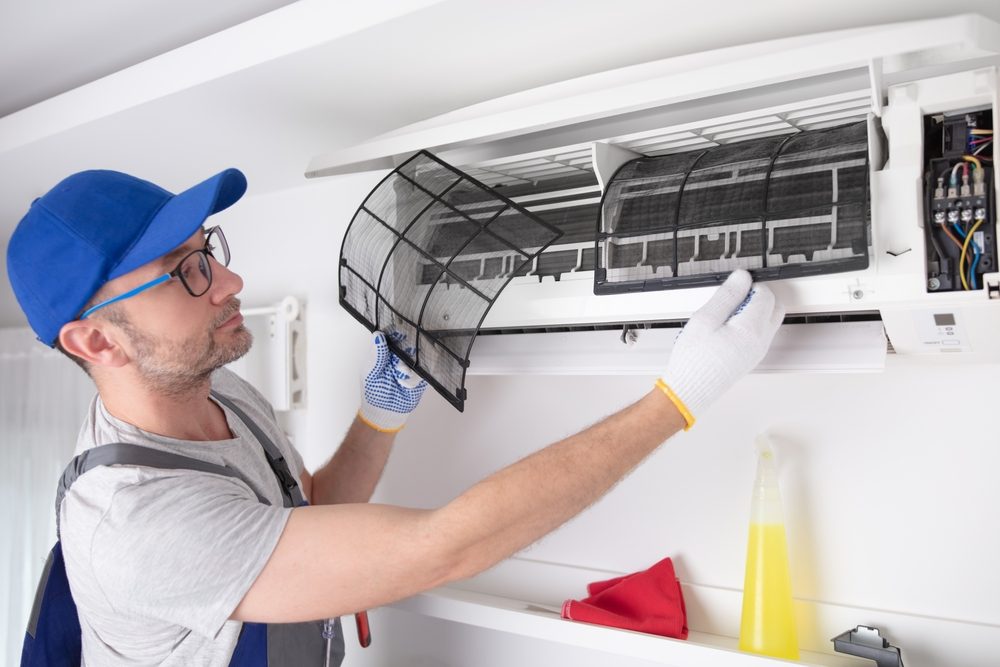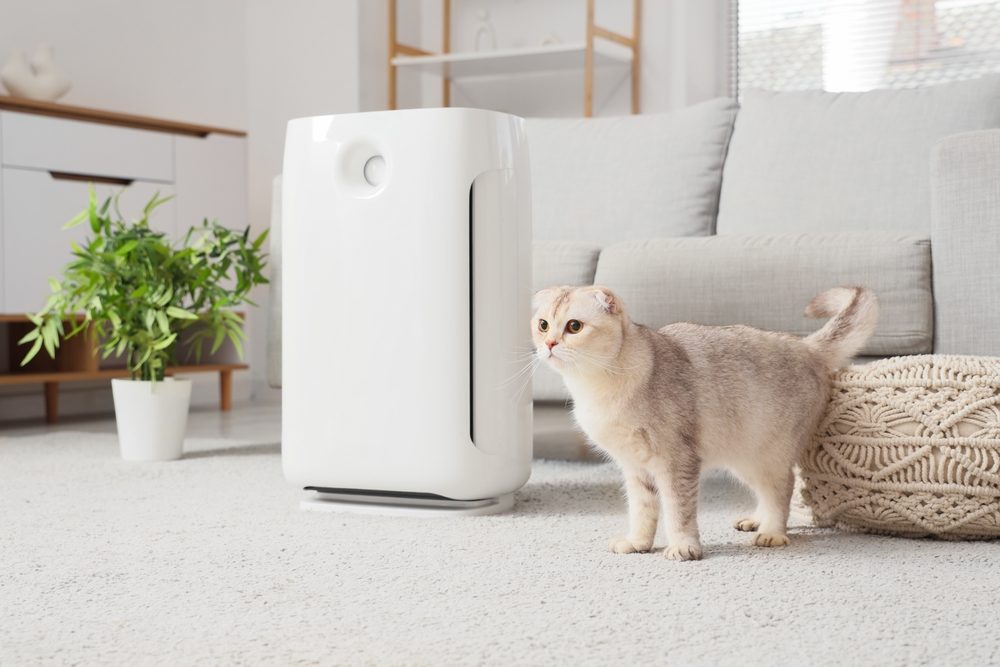
In the UAE, keeping your home at a comfortable temperature can be costly. With the intense summer heat often making air-conditioning a necessity rather than a luxury, many residents find themselves searching for ways to reduce costs without sacrificing comfort.
But there are several strategies you can employ to trim down your energy bills while still staying cool – and that’s what we’ll be focusing on in this article. We’ll explore practical tips to help you maximize your air-conditioning efficiency, lower your expenses and maintain a pleasant indoor environment. Whether you’re looking to make small adjustments or invest in more significant upgrades, this article will guide you towards a more cost-effective cooling strategy in the UAE’s climate.
So let’s get started.
How to reduce your air-conditioning bill in the UAE
Managing air-conditioning costs in the UAE’s climate can be challenging, but with the right strategies, you can keep your home cool without breaking the bank. Here are 12 effective tips to help you lower your air-conditioning bill while staying comfortable:
- Schedule regular maintenance: Ensuring your air-conditioning unit is running efficiently starts with regular maintenance. Have a professional inspect and service your system at least once a year. This routine check-up helps to identify and fix minor issues before they become costly repairs, and keeps your unit running at peak efficiency.
- Optimize thermostat settings: Setting your thermostat to an optimal temperature can significantly impact your energy consumption. Aim for a setting around 24-26°C (75-78°F). Every degree lower can increase your energy consumption by 3-5%, so adjusting your thermostat to a higher (but still comfortable) temperature can lead to substantial savings.
- Invest in energy-efficient units: If your air-conditioning unit is outdated, consider upgrading to an energy-efficient model. Look for units with high SEER (Seasonal Energy Efficiency Ratio) ratings. Modern units consume less energy and offer better cooling performance, which can reduce your electricity bill.
- Seal air leaks and insulate ducts: Ensure that your home is well-sealed and that your ducts are properly insulated. Leaky ducts and gaps around windows and doors can allow cool air to escape and hot air to enter, forcing your air conditioner to work harder.
- Utilize programmable thermostats: A programmable thermostat allows you to set your cooling system to operate only when needed. Program it to increase the temperature while you’re away and cool down before you return.
- Keep doors and windows closed: Prevent cool air from escaping and hot air from entering by keeping doors and windows shut while the air conditioner is running. Use weather stripping or door sweeps to seal gaps around doors and windows for better temperature control.
- Enhance airflow with ceiling fans: Ceiling fans can help distribute cool air more evenly throughout your home. By running your ceiling fans in conjunction with your air conditioner, you can feel cooler and potentially raise your thermostat setting by a few degrees, leading to lower energy usage.
- Shade windows to minimize heat gain: Reduce the amount of heat entering your home by shading windows with curtains, blinds or shades. Consider using reflective or light-coloured window coverings that can block or reflect sunlight, helping to keep indoor temperatures lower.
- Install energy-efficient windows and doors: Energy-efficient windows and doors are designed to minimize heat transfer. Upgrading to these can significantly reduce the amount of heat entering your home, which helps your air conditioning system maintain a cooler temperature with less effort.
- Add insulation to reduce heat transfer: Adding insulation to your home’s walls, attic, and floors can help keep the cool air in and the hot air out. Proper insulation reduces the amount of energy needed to maintain your desired indoor temperature, leading to lower cooling costs.
- Consider reflective roofing materials: Reflective roofing materials are designed to reflect more sunlight and absorb less heat. Installing these materials can help lower your roof temperature, reducing the amount of heat that enters your home and easing the burden on your air-conditioning system.
- Employ zoning systems: Zoning systems allow you to cool specific areas of your home rather than the entire space. By directing cool air only to the rooms that are in use, you can avoid wasting energy on unoccupied areas.
Recommended sleep temperatures for different age groups
Understanding the ideal sleep temperature for different age groups can help ensure restful and comfortable sleep. Here’s a guide to the recommended temperatures for various stages of life:
Infants: For newborns and young babies, it’s essential to maintain a stable and comfortable room temperature, avoiding extremes. The recommended range for infants is between 68°F and 72°F (20°C to 22°C). Babies are particularly vulnerable to temperature fluctuations due to their smaller size and developing physiology.
Children: For toddlers and older children, the optimal sleep temperature falls between 65°F and 70°F (18°C to 22°C).
Adults: Most adults find the best sleeping conditions at around 65°F (18.3°C). While personal preferences can vary, many experts recommend maintaining a temperature range of 65°F to 68°F (15.6°C to 20°C) to achieve the most restful sleep.
Seniors: For older adults, it’s important to keep the room warm enough to ensure comfort. A minimum temperature of 65°F (18.3°C) is advisable, though the ideal range can extend up to 78°F (25.5°C). Preferences for the perfect temperature can vary based on individual comfort levels.
Factors influencing ideal sleep temperature
Understanding the ideal sleep temperature for different age groups can help ensure restful and comfortable sleep. Here’s a guide to the recommended temperatures for various stages of life:
What you prefer: We all have unique comfort levels when it comes to sleep. Some individuals may prefer a cooler room, while others may find a warmer setting better.
Your home: The amount of heat generated by other sources, such as cooking in the kitchen, play a role, as do any cracks in the window frames (reducing the efficiency of your A/C) and whether glass doors and windows are tinted.
Being adaptable: Choosing the right bedding and night wear play a major role in regulating your temperature. Be aware of the seasons and when you need to make changes.
Tips for maintaining the optimal sleep temperature
Here’s what you can do to ensure you have the right sleep temperature for a good night’s sleep.
Adjust your air conditioner ahead of time: Set your thermostat to your preferred temperature before bedtime to ensure a comfortable sleeping environment throughout the night.
Choose breathable bedding: Go for bedding made from natural, breathable materials such as cotton or linen. These fabrics help regulate your body temperature by drawing away moisture and allowing for better air flow.
Layer your bedding: Use multiple lightweight blankets rather than a single heavy duvet. This layering technique allows you to easily adjust your warmth by adding or removing layers based on your comfort needs.
Take a warm bath before bed: A warm bath or shower in the evening can help lower your core body temperature. As your body cools down afterward, it signals to your brain that it’s time to wind down and prepare for sleep.
About Daikin
Achieving restful and uninterrupted sleep hinges on maintaining the right sleep temperature. By considering factors such as personal preferences, bedding materials, and room conditions, you can enhance your sleep environment. Making a few simple adjustments can greatly improve your overall sleep quality.
Daikin’s air conditioners help maintain a stable, comfortable room temperature, which supports optimal sleep by keeping your body at the right core temperature. Air conditioners also reduce excessive humidity, creating a more comfortable and restful environment. Daikin offers a range of air conditioning solutions designed to meet various home and personal preferences, ensuring you stay cool and comfortable throughout the night. In addition, Daikin’s air purifiers can significantly enhance your sleep quality by eliminating airborne irritants and improving air circulation in your bedroom.
When it comes to air conditioning, Daikin is a world leader. We offer a wide range of HVAC solutions tailored to meet diverse building requirements – including residential, commercial, and industrial. Daikin has a full lineup of split systems, packaged units, ductless mini-split systems, VRF (VRV) systems, and more – each one designed to deliver exceptional performance, energy efficiency, and comfort. With innovative, pioneering technology and exceptional service, Daikin has sold millions of systems in 140 countries. If you would like to find out more about Daikin’s products, contact us today.



